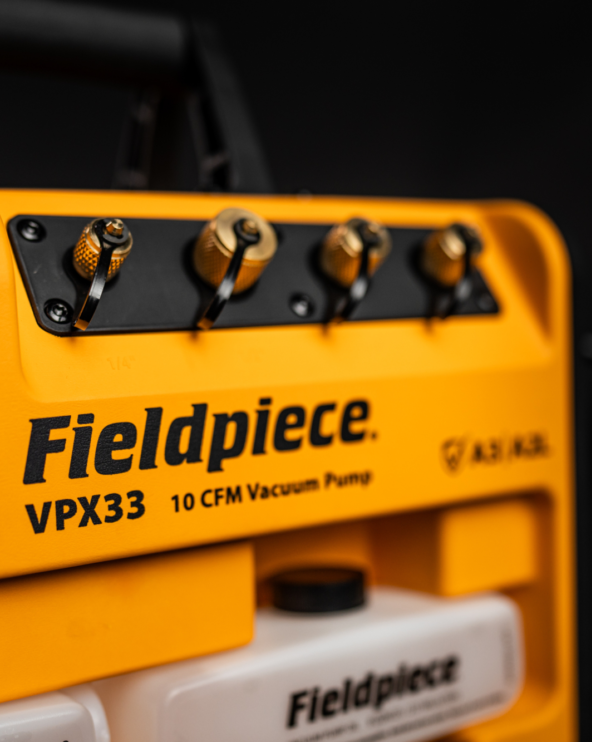
What Are A3 Refrigerants?
In the world of heating, ventilation, air conditioning, and refrigeration (HVACR), the term A3 refrigerants has become increasingly relevant. As the industry transitions towards more sustainable and environmentally friendly solutions, A3 refrigerants stand out for their unique characteristics. But what exactly are they, and why are they gaining attention in the HVACR-sector?




A3 refrigerants are important in the HVACR industry, as they have low toxicity but high flammability. The capital letter A is the toxicity class based on allowable exposure. The numeral refers to the flammability of the refrigerant. Commonly used examples include propane (R-290) and isobutane (R-600a).
The increasing use of A3 refrigerants is because of the global shift toward more eco-friendly cooling solutions. Older refrigerants like HFCs and HCFCs, which were commonly used in HVACR systems, have been found to harm the ozone layer and contribute to climate change. In contrast, A3 refrigerants are natural gases that provide the same cooling power without damaging the environment.
Despite their many benefits, A3 refrigerants are not without challenges. Their high flammability requires strict safety protocols throughout their lifecycle, from manufacturing to installation and maintenance. HVACR systems that use A3 refrigerants must be designed with features like leak detection, proper ventilation, and flameproof components to minimize risks. Technicians working with these refrigerants need special training and equipment to use them safely. While these safety measures may make things more complicated, they are necessary to ensure A3 refrigerants are used properly in different systems.
A3 refrigerants offer a sustainable and efficient alternative to traditional cooling solutions. With low toxicity, high efficiency, and minimal environmental impact, they are gaining popularity in the HVACR industry. While their flammability requires strict safety protocols and specialized training, their benefits make them a key part of the future of refrigeration and air conditioning systems.